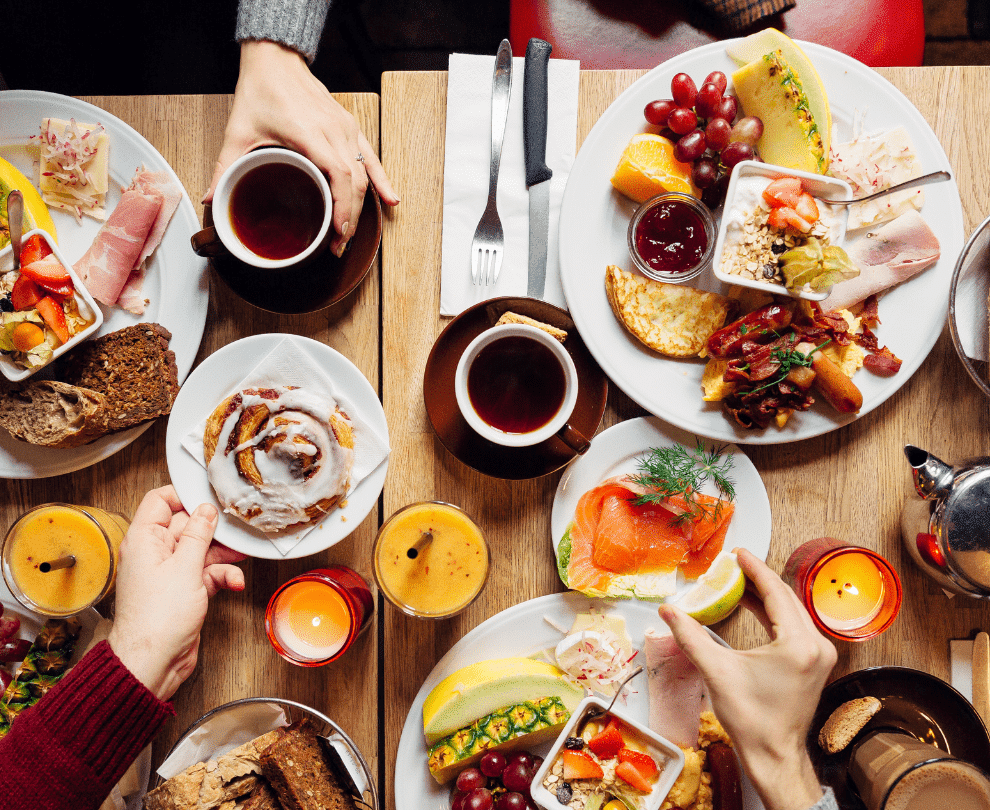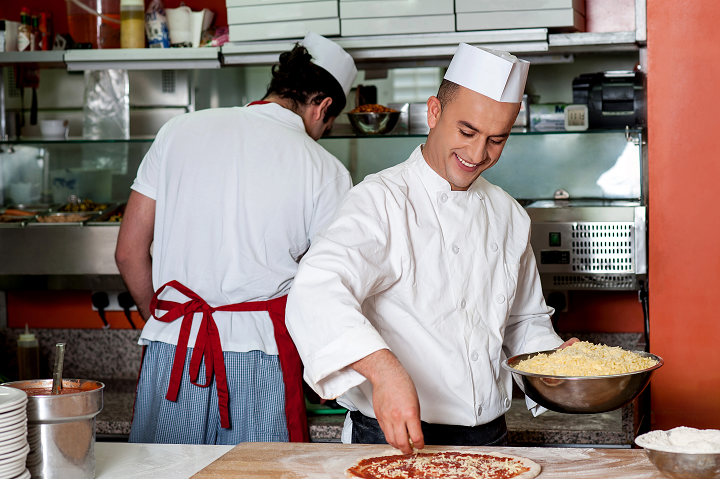Sign up for restaurant insights
As a restaurant owner or operator, you know customer retention and loyalty can help your business thrive over the long term. If you’re looking for a new way to encourage repeat business and build a community, consider one of the newest trends in the food-service industry: restaurant membership programs.
What’s a restaurant membership program?
In a restaurant membership program, your customers pay a one-time or recurring fee to gain instant access to exclusive perks or discounts. The benefits vary by restaurant but might include free delivery, food discount codes or invitations to special tasting sessions.
Think of a membership program as a paid version of a traditional loyalty program. Because you collect membership fees, you can afford to provide more valuable perks.
Your restaurant benefits, too. The program creates an additional revenue stream that’s both steady and predictable. Assuming membership stays high, this extra cash flow can create a financial cushion that protects your business against volatility in the industry. And when diners are paying for memberships, they’re more likely to visit frequently to maximize the benefits. This builds loyalty and boosts order volume.
Are restaurant memberships here to stay?
Although membership in a restaurant might seem like a novel idea, the concept isn’t new. Businesses, including Costco, Peloton and Amazon Prime, have been using the subscriptions model successfully for years.
Dining memberships are still an emerging trend. In 2022, P.F. Chang’s introduced Platinum Rewards. In return for a $6.99 monthly fee, members enjoy benefits like VIP concierge access, free delivery and extra reward points. Panera Bread’s $11.99-monthly Unlimited Sip Club comes with free delivery and a selection of free drinks.
It remains to be seen whether restaurant subscriptions are sustainable. After all, the perks come at a cost, and there’s always the risk that customers will cancel the membership unexpectedly. Taco Bell manages this uncertainty by offering its Taco Lover’s Pass sporadically and only for limited periods of time.
Memberships and subscriptions may become an industry staple, but only if restaurants see an adequate return on investment. Independent establishments experimenting with the model have expressed optimism, but they also emphasize the need to control labor and ingredient costs.
How to build a membership program into your customer retention strategy
With a sustainable price point and the right benefits, a membership program can be an effective way to increase your revenue and customer-retention rates. Successful memberships are strategically designed to suit your restaurant’s margins, clientele and menu.
1. Choose member benefits
Restaurant membership programs are all about the benefits. To start, figure out what you can offer customers that’s worth the monthly or yearly fee. Consider common perks:
- Free delivery
- Free drink, side or dessert
- Priority reservations
- Event invitations
- Members-only tasting events
- Dedicated support channel
- Input on new menu items
- Meal kits
- Special monthly takeout meals
If you already have a loyalty program, you might consider adding a premium tier with extra points for each purchase or more valuable reward options.
When choosing benefits, don’t be afraid to get creative. For inspiration, look to the take-care-of-me club at the El Lopo bar in California. When a member arrives, employees automatically bring drinks and dishes that are handpicked based on the customer’s unique preferences. Members also get free event entrance and the option to try any wine by the glass instead of buying a full bottle.
It’s important to choose perks that are cost-effective for you and valuable to customers. For example, El Lopo gives its members discounted cases of wine — essentially, passing on the restaurant’s wholesale discount. It doesn’t cost the business extra, and customers get access to a perk that’s hard to find elsewhere.
2. Set membership pricing
Once you have a list of potential perks, decide how much you’ll need to charge to make the program worthwhile. The goal is to set a price that’s attractive for customers and beneficial for the restaurant.
Keep in mind that while it’s nice to make a profit on a membership fee, it’s not the only goal; you’re also trying to increase order volume and encourage repeat business.
Say you charge a membership fee of $85 per month and give customers $100 dining credit plus other benefits that are free for your restaurant, such as priority access to reservations or VIP seating. You lose out on $15, but you also gain a guaranteed $85 in revenue that you might not have gotten otherwise.
Your overall revenue will probably rise as well. McKinsey found that when members pay to join this type of program, they’re 60% more likely to increase their spending at the business.
3. Issue membership cards
Remind guests of their special status by issuing a membership card to everyone who signs up. You can opt for a physical card, a digital card or both. Digital cards are convenient; a physical card is a clever way to keep your restaurant at the top of customers’ minds. When a member glimpses the card in their wallet, it reminds them of their benefits. This small nudge can motivate customers to choose your restaurant instead of a competitor.
The importance of customer experience
The customer experience is a big factor in the success of a restaurant — especially when you cater to locals rather than tourists. A positive, rewarding experience keeps diners coming back. The more you can do to improve guests’ interactions and visits, the easier it is to boost loyalty and retention.
Done well, a restaurant membership program enhances the customer experience. It makes members feel like part of a community, and the perks provide value diners can’t get anywhere else. You can enhance these positive feelings by:
- Greeting members by name
- Remembering members’ preferences and providing personalized food and drink recommendations
- Hosting members-only discounts and customer appreciation events
- Introducing members to chefs and managers
To ensure members have a great experience whether they’re dining in or ordering out, extend the program benefits to your delivery platform. With Grubhub’s promotions and loyalty tools, it’s easy to set up a rewards system that operates automatically.
How to encourage diners to sign up for your loyalty program
When your membership program is ready to launch, it’s time to start marketing it to customers. Promote the membership incentives on your:
- Website
- Social media profiles
- Email newsletters
- In-house signage
Each time you mention the program, let customers know how they can sign up. Consider adding a small sign to each table with a QR code; diners can join before they place their orders and start using their benefits right away.
Want to build a buzz? Offer the first memberships to a select group of regulars. This strategy creates a sense of exclusivity — and as word gets out, it’s likely to inspire curiosity and desire among other customers. Ask your first group for feedback about the program; you’ll give them a sense of ownership and encourage long-term participation. After you open the program to the public, you might offer special “founders” benefits to your original members as a thank-you and an incentive to stay.
You can also use the customer data your restaurant collects to promote the program to past diners. Simply send out an email or text with a link to the sign-up page. If you use Grubhub for Restaurants or Grubhub Direct, your customer data is always available in the Customer Insights dashboard. Whether you run a national chain or an independent restaurant, Grubhub can help you promote your membership program to more customers. Ready to grow your business? Sign up for Grubhub today.





